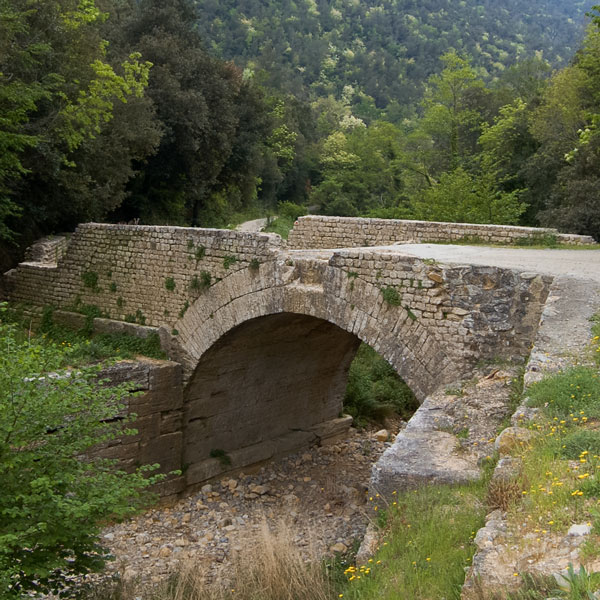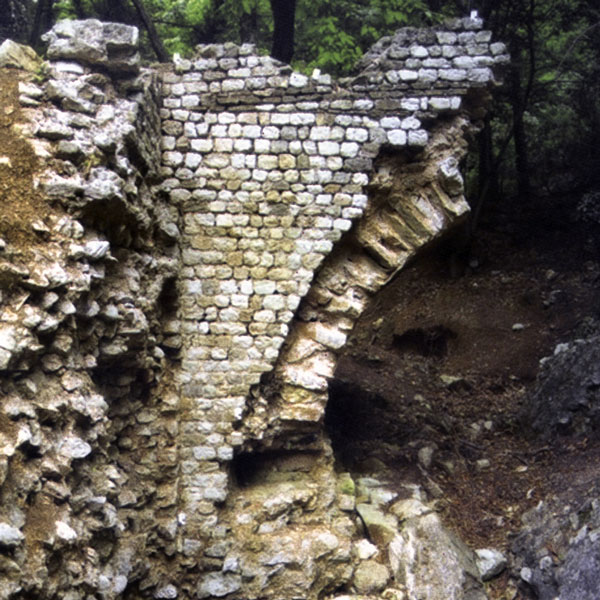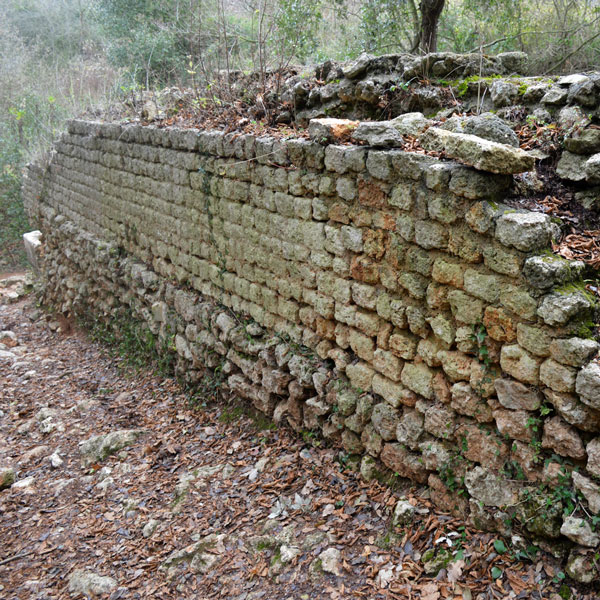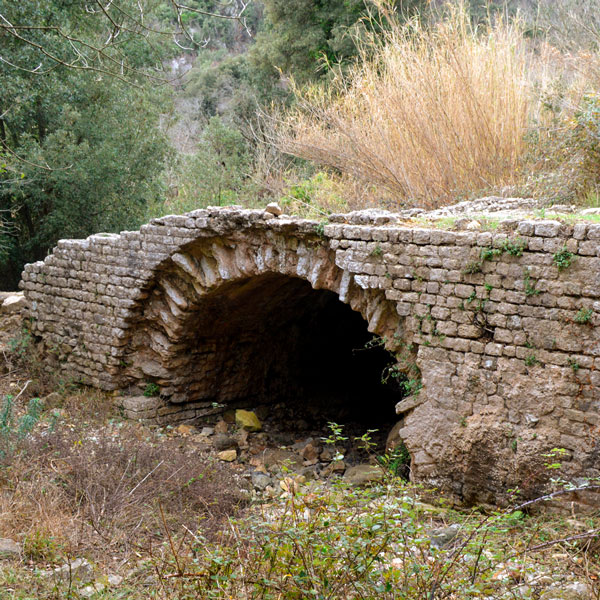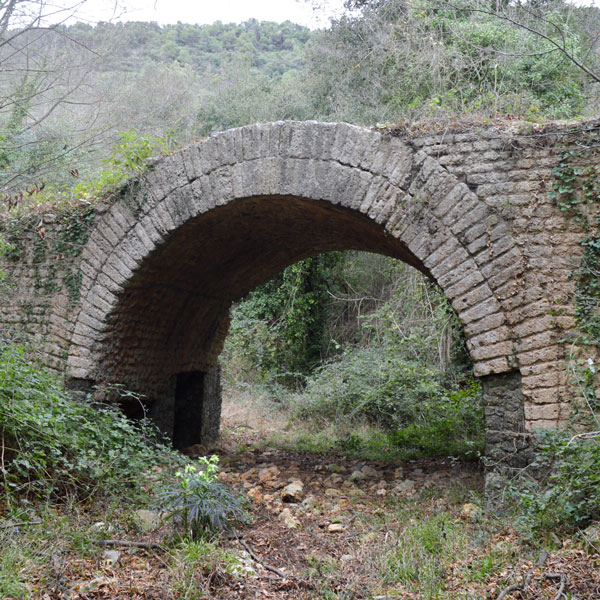Roman Times
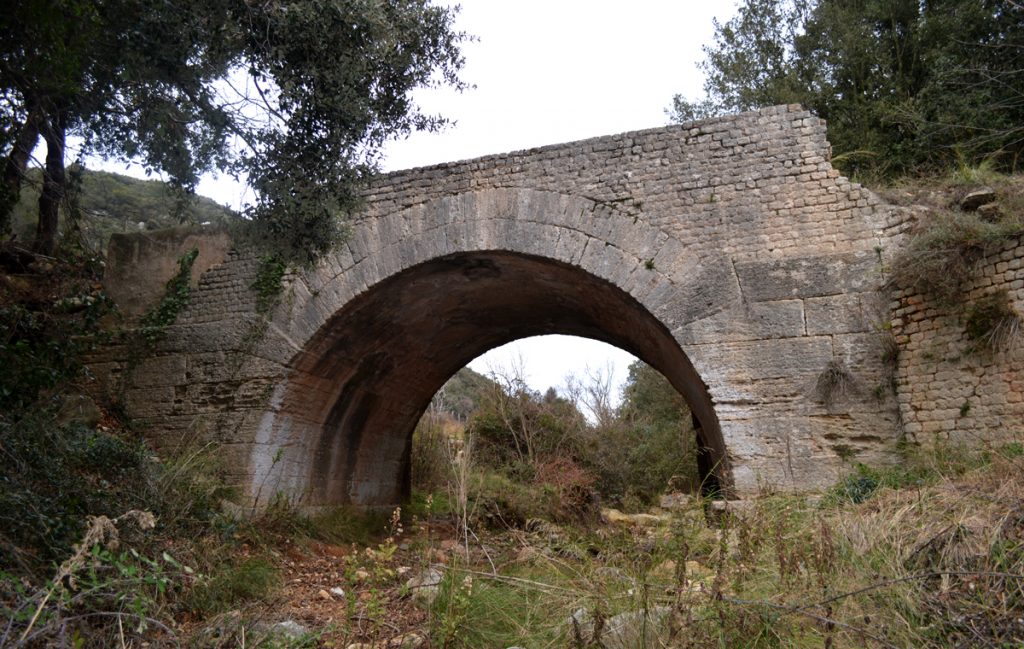
Culture clash: the Roman conquest
In 181 BCE, Roman legions led by Consul Lucius Aemilius Paolo defeated the two Ligurian tribes of the Sabazi and the Ingauni on the heights above the fertile plains of Ingaunia.

This began a lengthy process of assimilation that lasted until at least the beginning of the 1st century CE, when native Ligurian culture gradually merged with the ever-expanding and unstoppable Roman world.
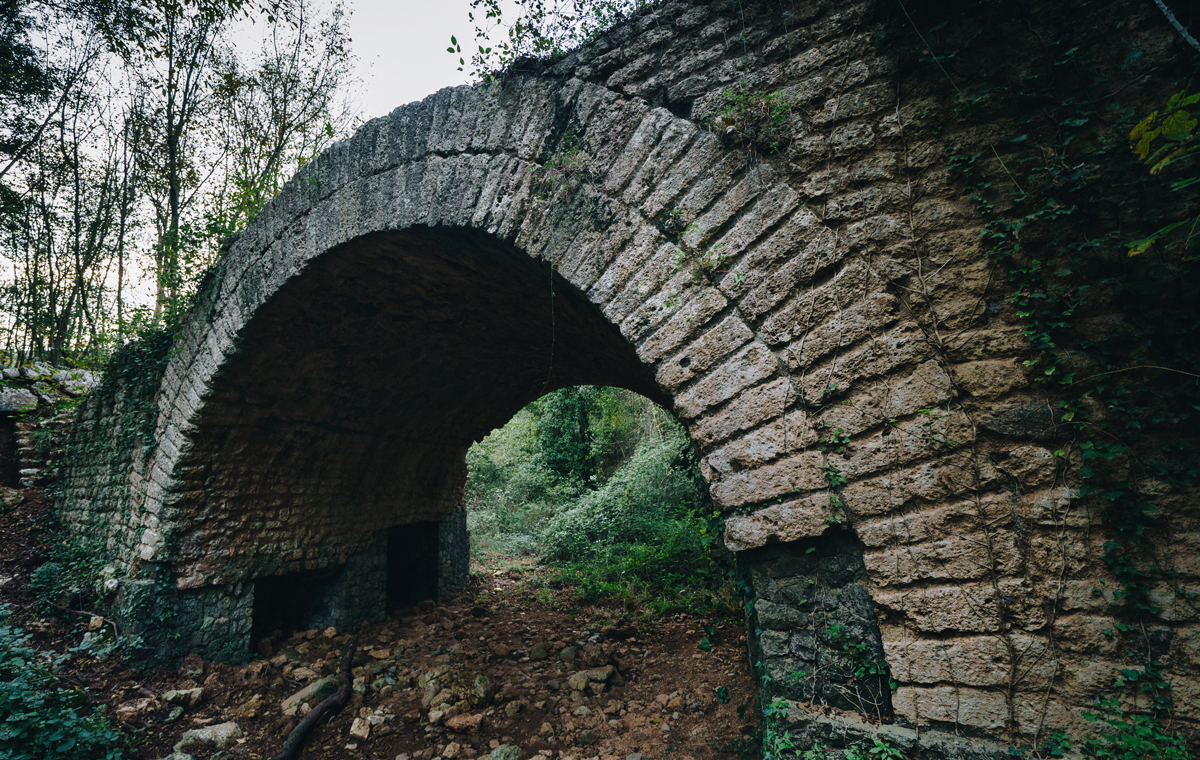

ROMAN TIMES – 181 BCE – 553 CE
An example of this was found inside a cremation burial in the necropolis of Perti, where typical items of traditional Ligurian female clothing were found alongside terra sigillata ware [t.n.: bright-red, polished pottery] from a Roman socio-economic background.
Funerary accoutrements and large bronze ritual nails inside burials in the necropolis of Isasco, located on the Mànie plateau, also prove how the deceased belonged to a class of Roman landowners.
The final merger of Western Liguria and Roman Empire was marked in 13 BCE by the opening of the Roman road Via Iulia Augusta, which connected the plains of the Po River Valley to southern France. Viable the whole year round, Via Iulia Augusta was a viable alternative to the Alpine passes. Nowadays, the Ponci Valley is dotted about with the ruins of the only five surviving bridges supporting the Roman road built around 124 CE. The ruins blend gracefully in with the natural landscape of the ancient “Vallis pontium” (Latin: Valley of Bridges).
In Roman times, the organization of the area centred around a settlement located by the mouth of the river Pora in Finalmarina, where an early Christian church, the “Pieve del Finale” (Italian: Parish Church of Finale) was later built. The pieve is now held by Capuchin Friars.
Perti, Calvisio, San Bernardino and Isasco are among a number of hill-top “vici”, i.e. rural sites of the hinterland. Indeed, the oldest dated Christian finding from north-western Italy, a Roman tegula (Latin: tile) bearing the funerary epigraph to Lucius, a nine-year-old boy who died in 362, was found in Perti. For more information on Roman Archaeology in the area, visit the Museo Archeologico del Finale at Finalborgo.
Map of 181 BCE – 553 CE




